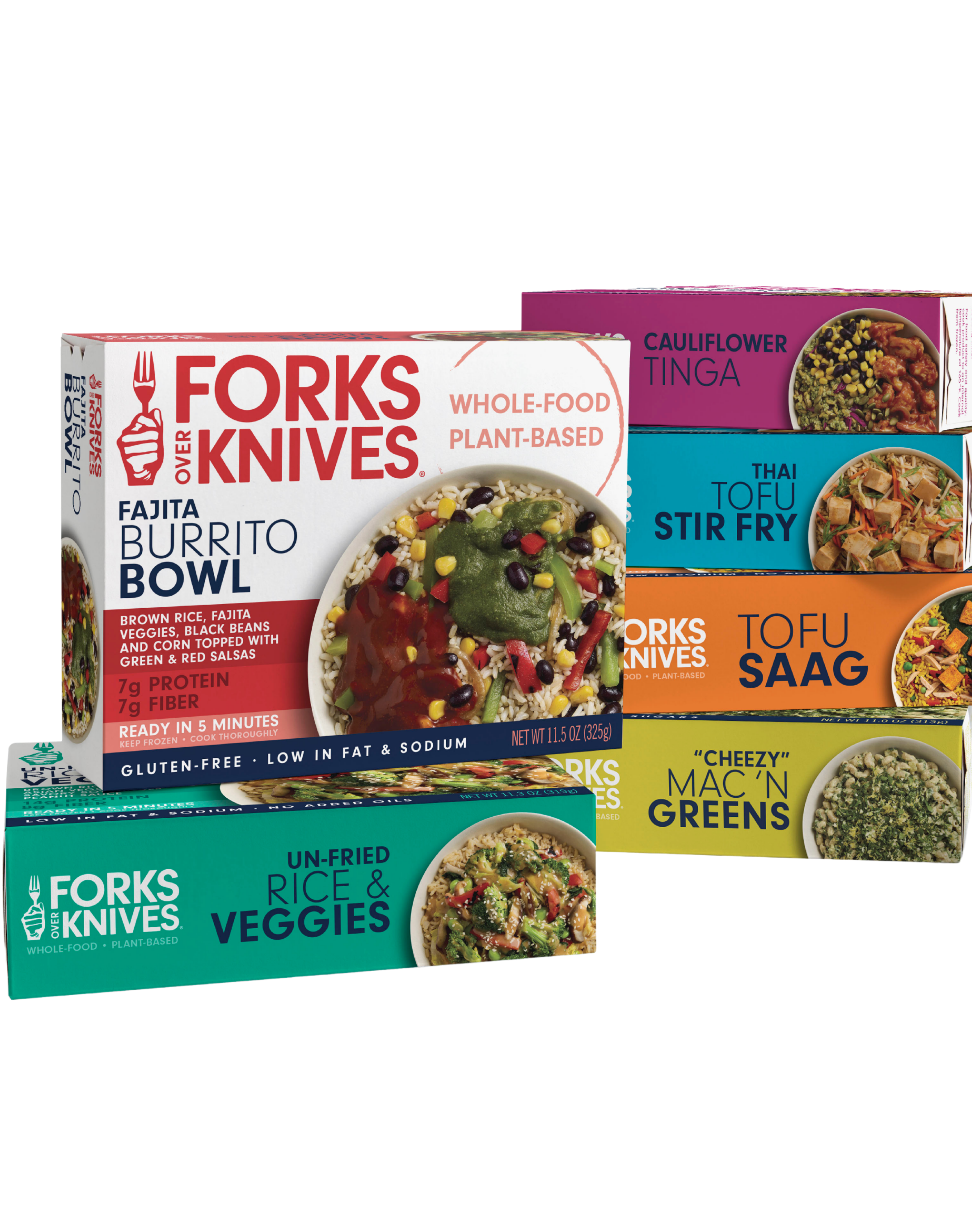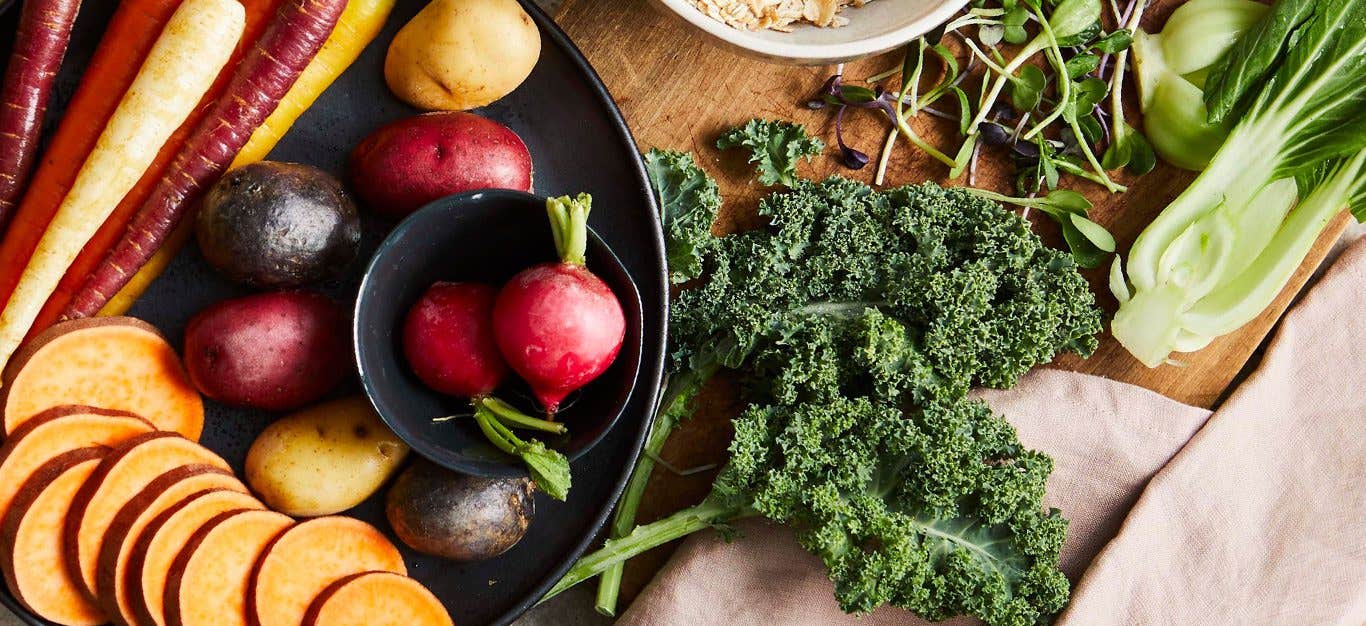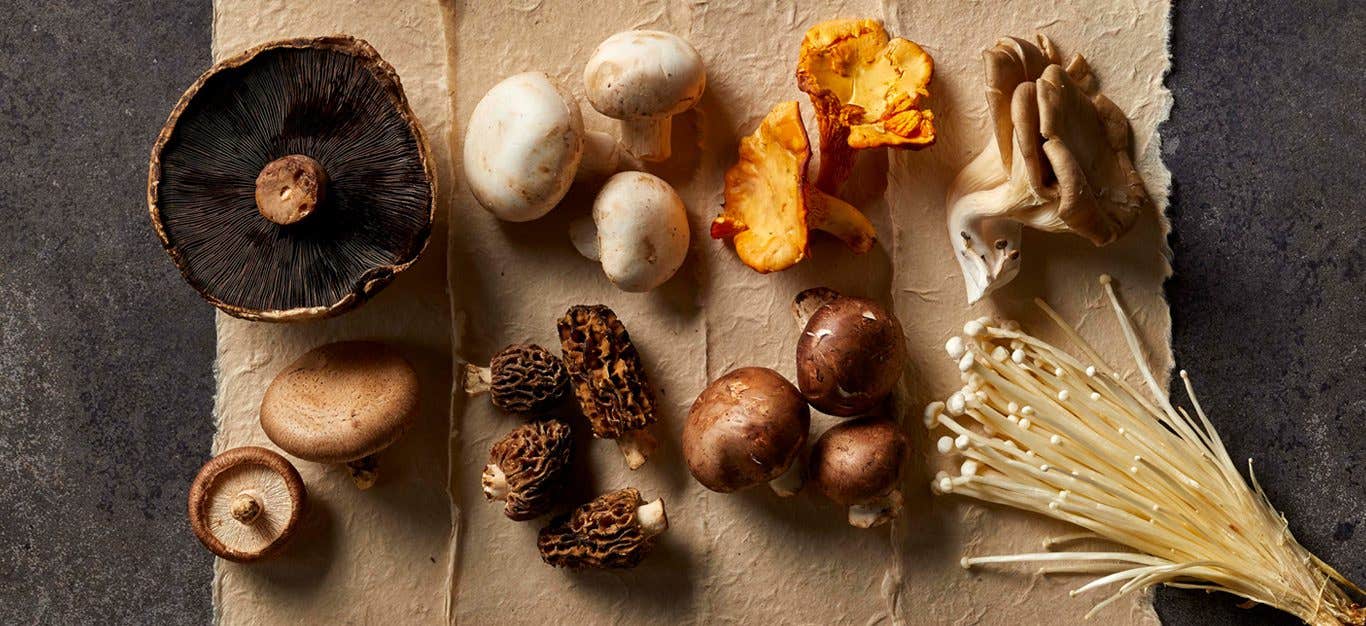Pomegranate is a deep crimson-colored fruit that comes into season in the depth of autumn and is generally available through January.
In ancient cultures, pomegranates were associated with prosperity or fertility, due to the fruit’s hundreds of ruby-red arils. Each sweet, juicy aril surrounds a white seed in the center, coming together to produce a jewel-like wonder that lends itself to sweet and savory dishes alike. It is sure to add a festive note to most any dish.
How to Open and Seed a Pomegranate
There is more than one way to attempt to open a pomegranate without making a total mess. (The juice is a notorious stain-maker.)
- Method 1 (shown above): Score the pomegranate crosswise, making a cut about ¼ inch deep around the perimeter. Use a knife to make small cuts along the pith lines. Working over a bowl, hold the fruit cut-side down in the palm of your hand and use a heavy spoon or ladle to firmly hit the back of the pomegranate to loosen the seeds into the bowl.
- Method 2: Slice off the top of the pomegranate to expose the segments, and use a knife to cut along the pith lines to release the segments of seeds.
- Method 3: Cut the pomegranate in half with a sharp knife, submerge it in a roomy bowl of water, and pry the segments apart with your fingers to loosen the seeds. Most of the white membrane, or pith, will float to the top. Scoop out and discard the pith. Scoop up the arils with a mesh strainer.
Discard or compost the inedible white membranes and blush-colored peels. To separate any lingering membranes from arils, just place them in a bowl of water. The white membranes should float to the surface, where you can scoop them out, leaving only the seeds.
How to Pick and Store Pomegranate
Choose heavier pomegranates that have a bright and firm flesh. Pomegranates are less likely to dry out or oxidize into an unpleasant brown shade when wrapped and stored in the refrigerator.
Pomegranate seeds should be consumed within two to three days of purchase. If you won’t be eating them within three days, freeze them: Spread out seeds on a baking sheet; place the baking sheet in the freezer for a few hours; transfer the frozen seeds to an airtight container for long-term freezer storage.
How to Use It
The winter gem can bring sparkle and sweetness to a range of dishes, from soups, to salads, desserts, and more.
Breakfast topping: Add to smoothie bowls; oatmeal; and peanut butter or avocado toast; or sprinkle over pancakes.
Upgrade your salads: Add a handful to grain salads, massaged kale or an autumnal slaw.
Easy dessert: Top chia puddings for a burst of flavor, or add to juice and freeze into popsicles.
Sprinkle over roasted vegetables: Try pairing with sweet potatoes, eggplant or delicata squash — the possibilities are really endless.
Garnish soups: Add a handful of seeds to a creamy soup just before serving.
Pair with herbs: The flavor of pomegranates shines when served with cilantro, mint, parsley, or sage.
Flavor vinegars: Crush and steep in apple cider vinegar for a fruity, blush-toned infusion. (See these tips for infusing vinegar.)
Pomegranate Recipes from Forks Over Knives
Try pomegranate in one of the following recipes from Forks Over Knives.
- Jeweled Avocado-Chocolate Pudding
- Apple, Grapefruit, and Pomegranate Salad
- Mixed Fruit Soup
- Pomegranate Wild Rice Salad
- Fall Fruit Trifle with Pumpkin Gingerbread
- Creamy Carrot Soup
- Manna Quinoa Breakfast Bowl
- Ruby Red Grapefruit Granita
- Creamy Blueberry Parfaits with Millet
- Radicchio Salad with Cranberry Orange Dressing
- Cardamom Roasted Carrots with Pomegranate Seeds
For more guidance in healthy cooking, check out Forks Meal Planner, FOK’s easy weekly meal-planning tool to keep you on a plant-based path. To learn more about a whole-food, plant-based diet, visit our Plant-Based Primer.
This article was originally published on Nov. 20, 2019, and has been updated.
Related News
Get Our Best Price On The Forks Meal Planner

Forks Meal Planner takes the guess work out of making nutritious meals the whole family will enjoy.
Master Plant-Based Cooking!

Our new course features over 100 lessons, 50+ recipes, downloadable guides, and more!
New Frozen Meals!

Introducing our new frozen meals: Doctor-recommended, chef-crafted, & ready in minutes.




